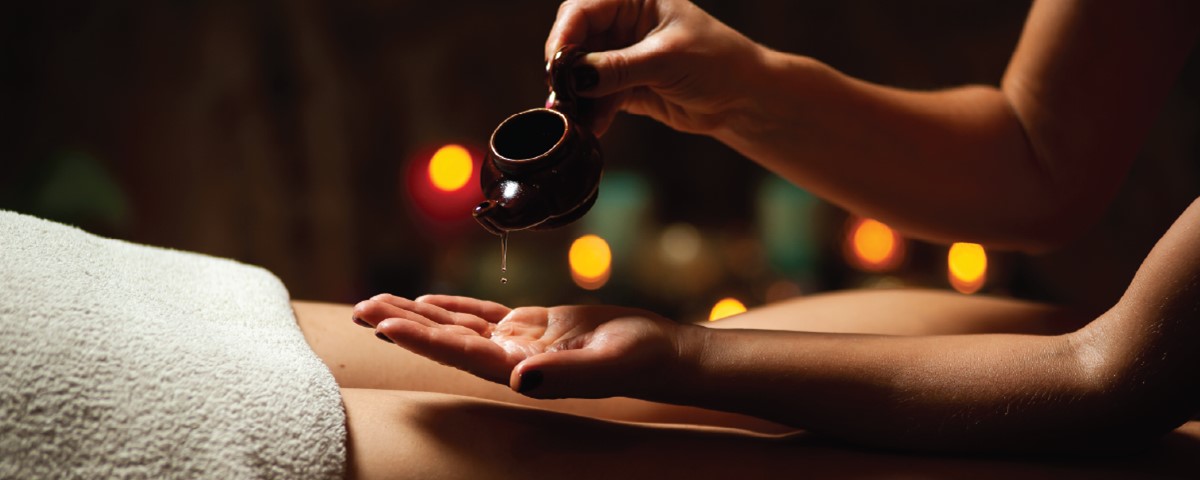
Swedish massage, one of the most popular massage styles, is known as a special type of massage that provides vitality and well-being. Percussion, kneading, vibration, tapping and rolling are all part of this style of massage. Lotion or oil applied during the massage can prevent skin irritation caused by friction.
General Information About Swedish Massage
Known for its therapeutic and relaxing benefits, Swedish massage is the most iconic and widely practiced form of massage therapy in the Western world. Originated by Per Henrik Ling in Sweden in the early 19th century, this massage technique focuses on improving one's overall health by reducing muscle tension, increasing blood circulation and promoting relaxation.
It uses a variety of strokes such as effleurage (long, flowing strokes), petrissage (kneading), tapotement (rhythmic tapping), friction and vibration or shaking. These movements are designed to warm the muscle tissue, release tension and gradually break up muscle "knots" or adhered tissues. Swedish massage is particularly effective for improving oxygen flow in the blood, helping to eliminate toxins, increasing flexibility while reducing tension.
It is also known for its ability to relieve emotional stress and promote a state of calm and relaxation. A holistic approach to physical and mental health, Swedish massage offers a gateway to a more balanced lifestyle, making it a preferred option for those seeking relaxation and peace in their busy lives.
How is Swedish Massage Performed?
Swedish massage has a healing place for the patient only when it is done with the right techniques. It is not only how the massage is performed, but also how the massage room is designed.
Your approach to Swedish massage involves understanding and practicing its basic techniques. Here is a step-by-step guide to performing a basic Swedish massage. Remember, the important thing is to create a relaxing experience, so pay attention to the comfort of both you and the recipient and consider creating a calm atmosphere with soft music and dim lighting.
A Step-by-Step Guide to Swedish Massage
Make sure the room is warm and inviting. Use a comfortable massage table and have towels and blankets ready for warmth and privacy.
Warm the Massage Oil: Use a high-quality massage oil and warm it in your hands before applying it to the skin. This helps to soothe and relax the muscles more effectively.
Start with Effleurage: Start with gentle, long strokes from the lower back to the shoulders to spread the oil and warm the muscles. Use a light touch on the way down. This technique relaxes the muscles and increases blood circulation.
Include Petrissage: After warming up the muscles, use kneading movements to work deeper. This involves lifting, rolling and squeezing the muscles by moving slowly in different parts of the body. It helps to release knots and tension.
Practice Tapotement: This technique involves a series of light, rhythmic tapping or cutting movements using the sides of your hands. It further increases circulation by stimulating the muscles.
Rubbing Massage: Use your thumbs or fingertips to apply deep, circular motions to areas of tension. This helps to break down adhesions and increase muscle elasticity.
Finish with Soft Strokes: Finish the massage with long, flowing strokes, similar to the effleurage technique you started with. This helps to remove toxins released during the massage and leaves the body feeling relaxed and rejuvenated.
Gently Close the Session: Slow your movements and cover the person receiving the massage with a blanket, gently pulling your hands away. Allow a few minutes for the person to enjoy the relaxation and slowly return.





